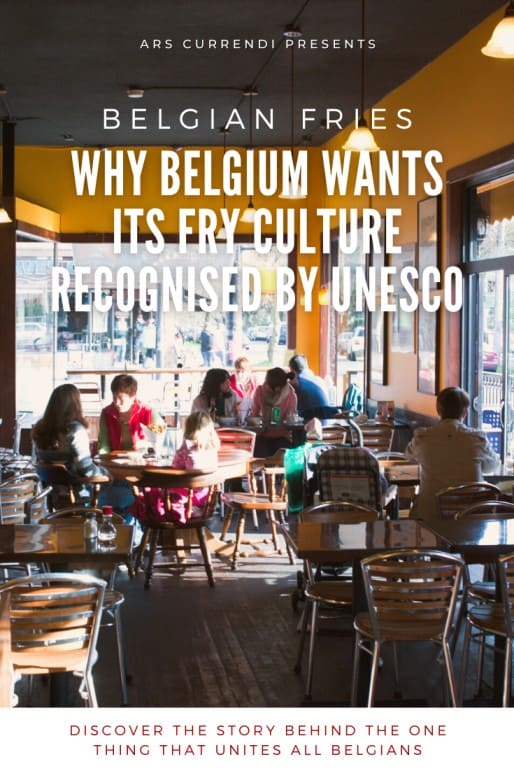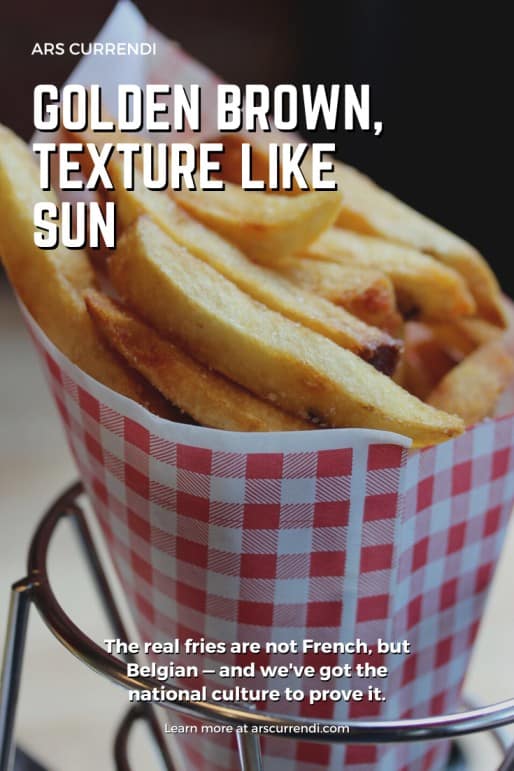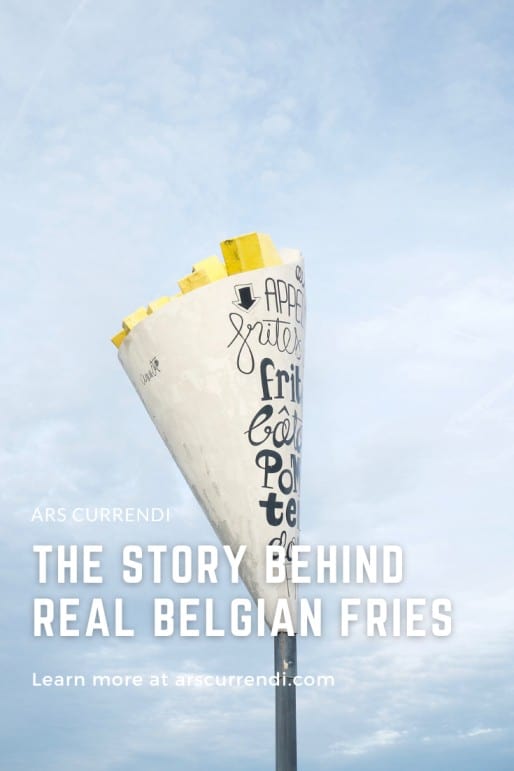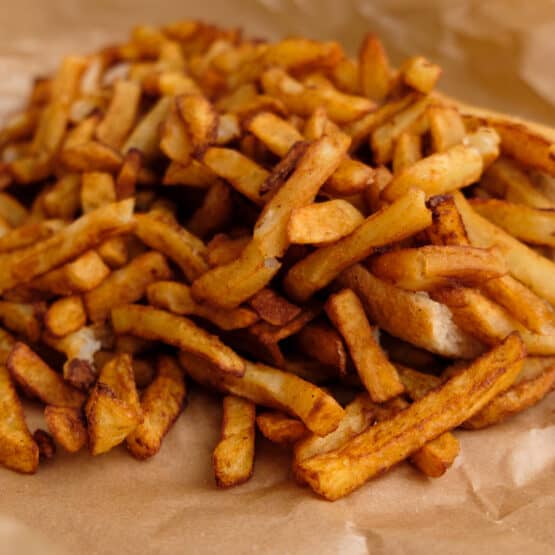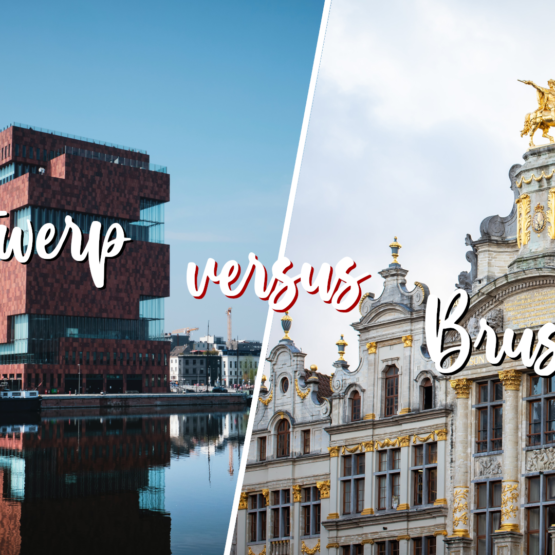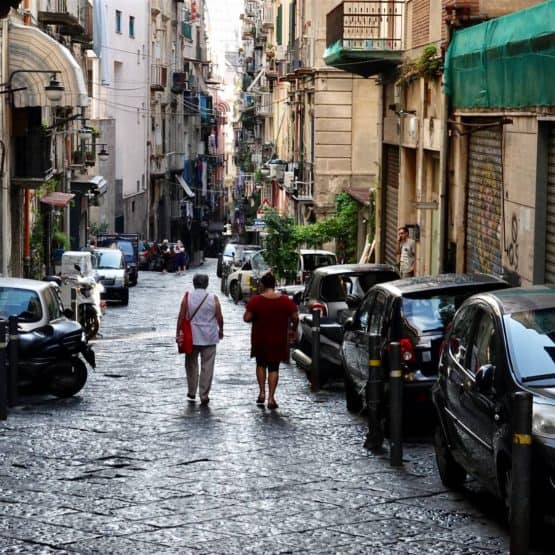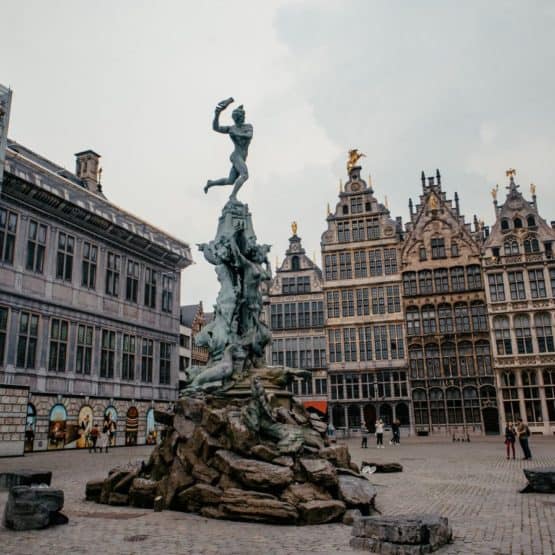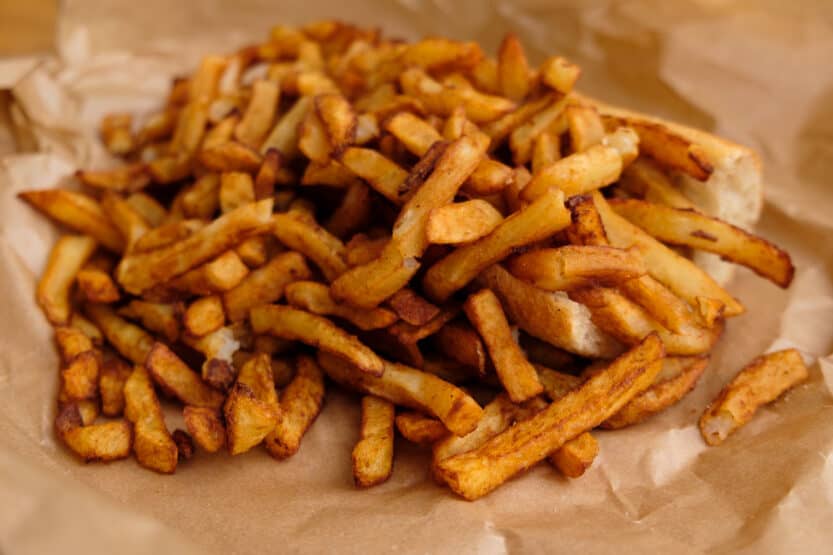
The British have fish and chips, the Spanish have patatas bravas, and the Canadians have poutine. But the humble potato reaches its pinnacle in Belgian fries — with their golden shine, unforgettable crunch, and perfectly hearty aftertaste.
Belgium, the country where bouts of nationalism are scarce, is forgettable in many regards. We don’t have the rolling hills of Switzerland, the flashy neon-sign culture of Japan, or the waves of Hawaii that every surfer hopes to catch before they die. But what we do have is food and drinks that make many a traveller’s mouth water.
Consider Belgian fries for a minute. The golden fried potato sticks are incredibly deep-rooted in the Belgian gastronomic legacy. So deep-rooted, in fact, that there’s a national movement to have our fry culture recognised by UNESCO as Intangible Cultural Heritage.
At the helm of this movement is Bernard Lefèvre, President of Navefri-Unafri (the National Association of Fryers).
“We don’t aspire for this international recognition to attract millions of travellers to Belgium,” says Lefèvre. “But the only way to keep our national fry culture alive is to ensure that those who experience that culture can be proud of it.”
When we broke the world record for the longest time without a government in 2011, fries were virtually the only thing keeping the country together. And now, we’re reclaiming the legacy of the so-called French fries.
Belgian fries, a matter of national pride
Paul Ilegems, a retired professor of art history and curator of the world’s first Fry Museum in Bruges, acknowledges that the origin of the fry is unclear in his book ‘Encyclopedie van de friet’ — with the two strongest voices coming from French and Belgian fry fiends.
The French claim that the first fry was sold in the 1780s, on the Parisian Pont Neuf. Culinary historian Karen Hess, however, posited that the French at the time considered potato slices more elegant than potato sticks. This makes it unlikely that the 18th-century Parisian fry looked anything like our current fries.
In Belgium, two popular stories offer a possible origin of the fry: that of Jo Gérard and that of Jean Frédéric Krieger.
Jo Gérard was a Belgian historian who claimed that Walloon peasants invented fries by accident in the 17th century. A manuscript by one of his ancestors supposedly described how thick potato sticks were fried as a substitute for fried small fish when the river Meuse was frozen. His forefather never published this manuscript, however, and historians agree that the potato didn’t reach southern Belgium until 1709. Theory debunked, in other words.
Mr and Mrs Fritz, and a Spanish nun
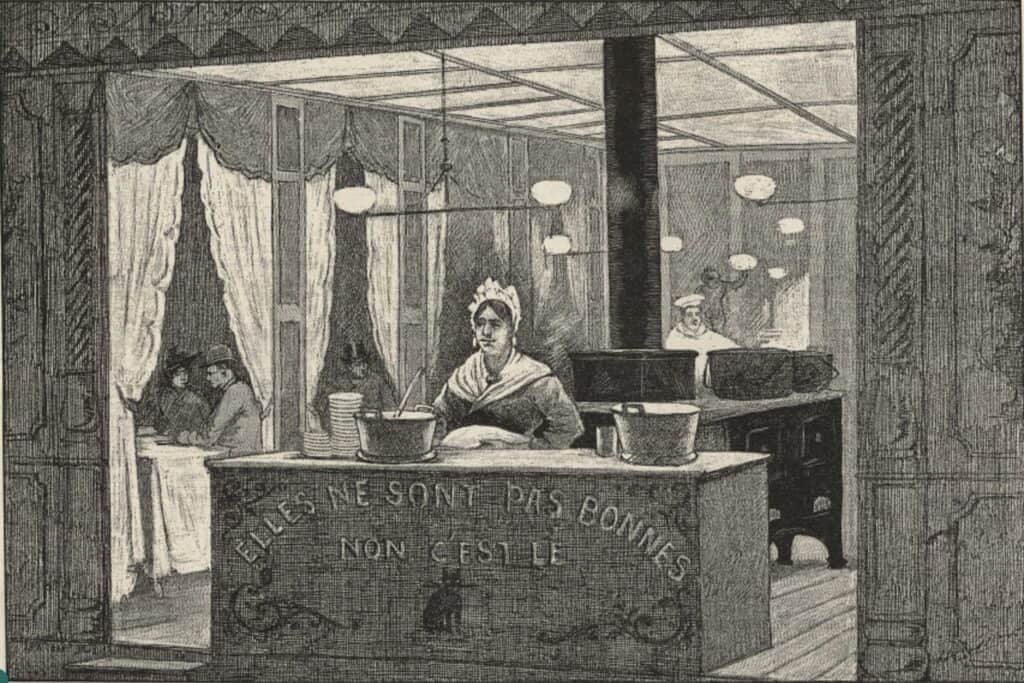
A more plausible story is that of Jean Frédéric Krieger and Renée Florence Vilain — better known as Monsieur and Madame Fritz.
Krieger was a Belgian-Bavarian carnival vendor who started operating several fry shops under the Fritz brand in the 1830s. After his death, Vilain married a competing vendor and continued the family business as Madame Fritz until her demise in 1889.
But while the Fritzes may have popularised the fried potato in Belgium, they didn’t invent it. According to Ilegems, that honour goes to Teresa of Ávila.
As early as the 1570s, the Spanish Carmelite nun was already growing potatoes in the convent garden. The crop wasn’t well-known in Spain at the time, but Teresa knew of the tuber. After all, her father and brother lived in South America — where potatoes had long been a staple food.
Legend has it Teresa cut the potatoes into small figures of Christ. In accordance with the Spanish culture of cooking everything in boiling oil, she fried the figures. And thus, the fry’s earliest ancestor saw the light of day.
Belgium’s national fry culture
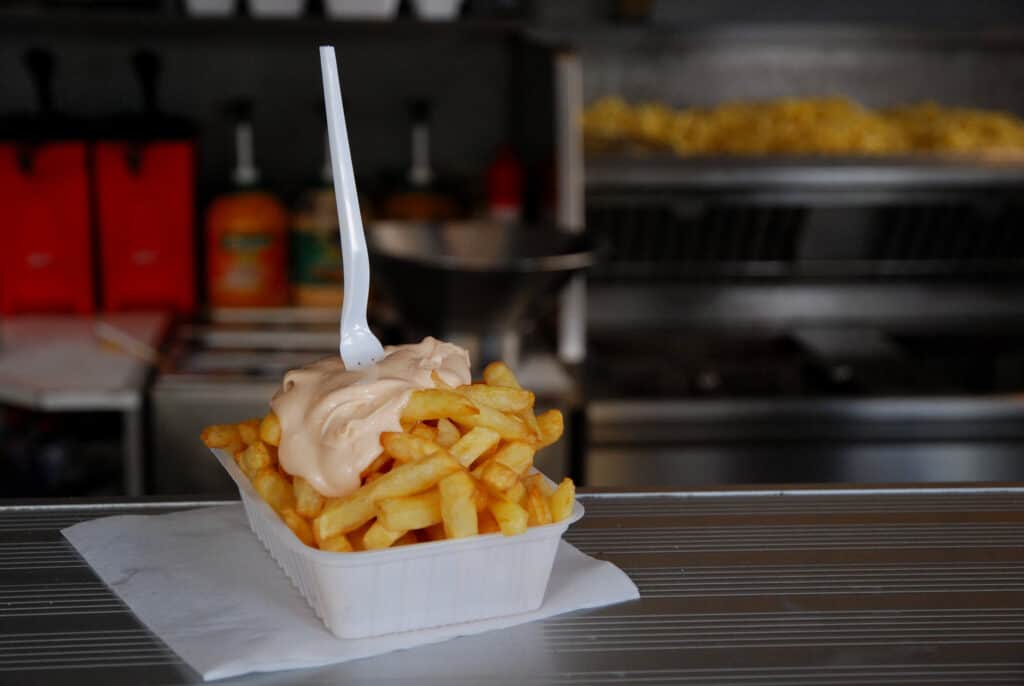
In Belgium, fries are anything but an afterthought, unlike the greasy side dishes you eat alongside your hamburger in other countries. In fact, since the 19th century, they’ve been the star of the show at the frituur — an easy-going eatery selling the perfect tray of potato fries, fried snacks, and sauces.
And that frituur (or fry shop, roughly translated) is an integral part of the Belgian streetscape.
According to Navefri-Unafri, there are more than 4,600 frituurs in Belgium — a country with just over 11 million people. To put that into perspective: that’s almost 10 times as many stands per capita as there are McDonald’s locations per American.
A 2021 VLAM study suggests that 91% of the population agrees that fries are inseparable from Belgian culture. That same study suggests that just about half of us (49%) go to the frituur every month. What’s more: on an average day in 2021, one in ten Belgians ate fries. That’s over one million people eating fries, every day of the year.
Fries are such a vital part of our national food culture that the government supports a yearly initiative called National Fry Week to further spotlight our national pride and joy. In 2022, the week takes place between 7 and 13 November.
The secret of real Belgian fries
While the fry’s origins remain contested, the Belgians have elevated baking fries to a true art form. So what really sets Belgian fries apart from American, British, or — God forbid — French fries?
According to Bernard Lefèvre, the average Belgian fry doesn’t exist.
“We Belgians are too fond of our individuality to make our fries adhere to strict regulations that make them uniform, like in the United States,” says Lefèvre.
“There are regional differences in the thickness of Belgian fries, but anything thinner than 9 mm or thicker than 14 mm is very questionable,” he continues. “The length of the fry, however, fully depends on the length of the potato.”
While there may not be a gold standard — pun intended — there are certain ground rules to making Belgian fries.
They are always lightly salted and double-fried — one pre-fry of 5 to 6 minutes at a lower temperature and a second fry in much hotter oil, just before serving. The double fry makes Belgian fries deeply golden brown, crispy on the outside, and fluffy on the inside.
“The perfect Belgian fry starts with the right potato,” adds Petra De Pauw, author and host of Frietcast — a podcast in which she invites notable Belgians to discuss their fry habits.
“Belgium has the ideal climate to grow potatoes that will eventually make delicious fries. Any Belgian abroad can easily taste the difference.”
The origin of the fried potato may be debated, and the world may continue calling them French fries. But in the end, there’s no Belgium without fries, and there are no fries without Belgium.
Now, if you don’t mind, I’m going to get my weekly fix.
Photo credits
- Image 1: Unknown author, Public domain, via Wikimedia Commons
- Image 2: Mickaël Dardaillon (Flickr, under CC BY-NC 2.0)
- Image 3: Aris Gionis (Flickr, under CC BY-NC 2.0)

